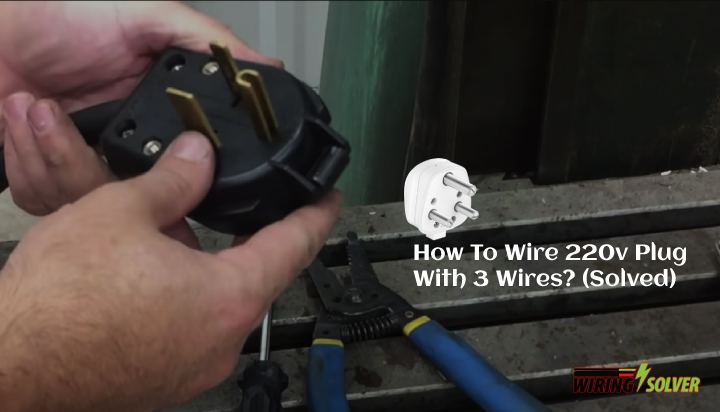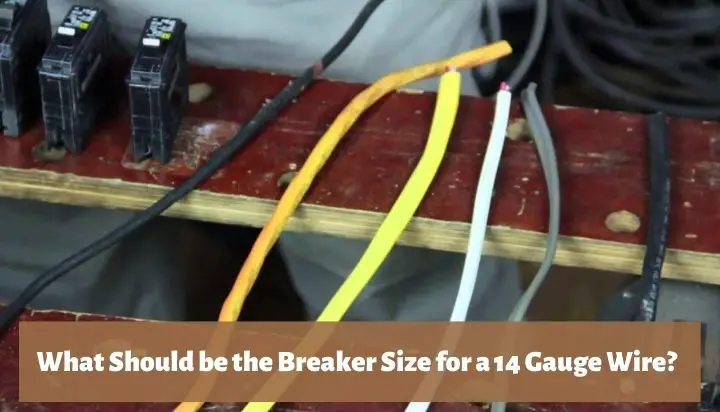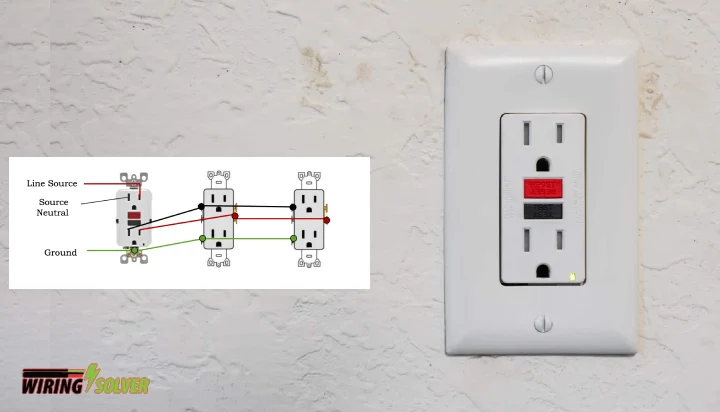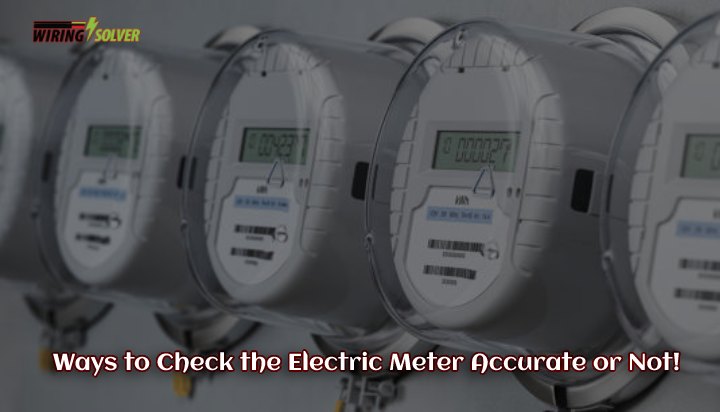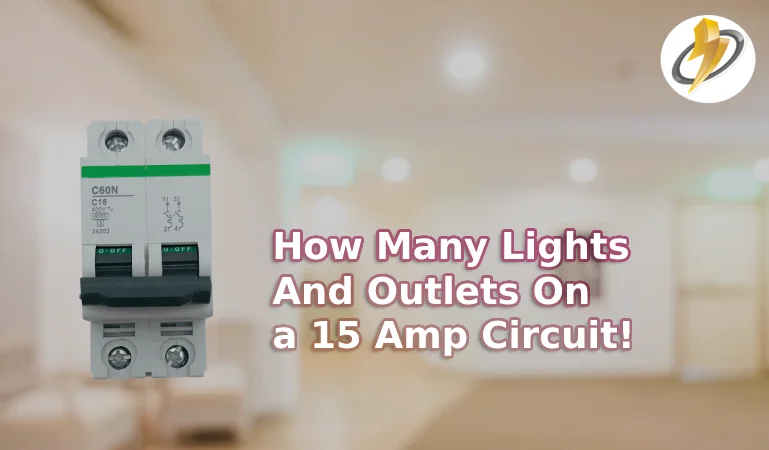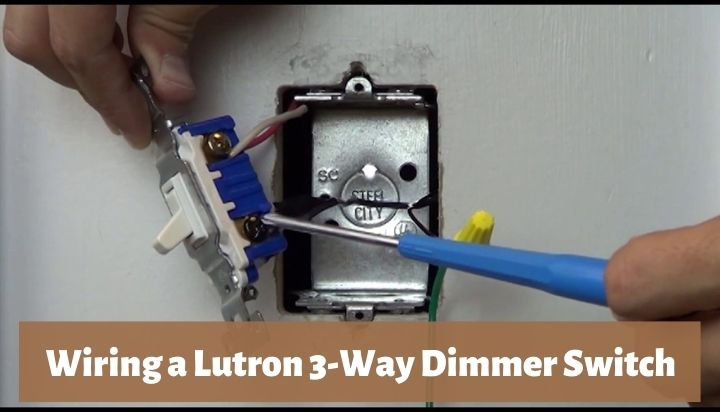Most US industrial facilities use 480V 3 Phase instead of 208V or 240V. However, sometimes a 240v single phase supply is needed. In such a scenario, you have to convert the 480v 3-phase to a 240v single phase supply. But how?
By using a transformer, we can convert a 480v 3-phase power supply into a 240v single phase power supply. This is possible using the delta connected supply or the star connected supply.
However, this is an extremely risky task. Do not attempt if you don’t have prior experience in this field. And proceed with caution.
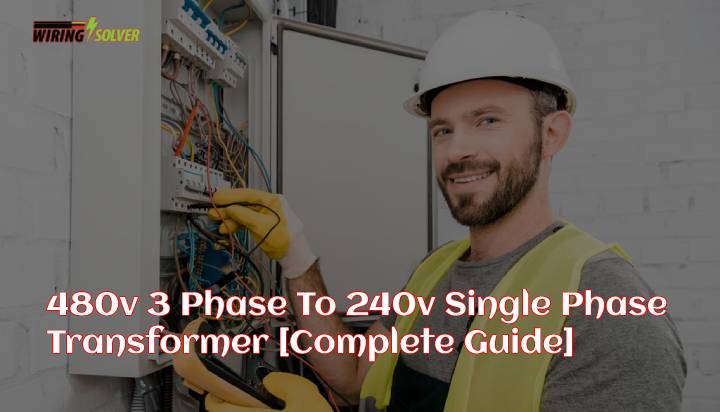
Can You Get 240V Single Phase from 480V 3-Phase?
Yes, you can get 240V single phase output from a 480V 3-phase. In this case, you can implement a transformer in 2 different ways. That is what I am going to show you right now.
But before that, you need to know about the 2 types of 3-phase connections.
2 types of 3-Phase Connections:
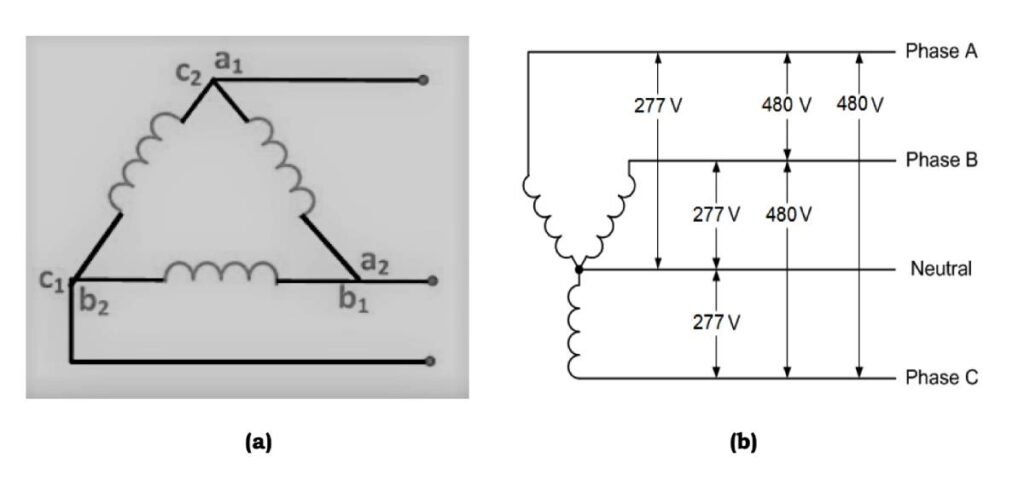
In figure 1(a) you can see a 3-phase delta connection. In this type of connection, you can see there are 3 wires. The voltage between any two phases is equal to the line voltage. That means if, this is a 480V system, then any two terminals like Va1-a2=Vb1-b2=Vc1-c2= 480 V.
On the other hand, figure 1(b) is a star connection which is mainly a 3-phase 4 wire system. The common point of the 3-terminals acts as the neutral.
Here, the voltage between any two phases will be 480 which is the line voltage. But the voltage of a single phase, that is, the voltage between a phase and a neutral is 480/√3=277V.
Options for 480V 3-Phase to 240V Single Phase Transformer
Now that we know the characteristics of a 3-phase connection, we can figure out a way to convert a 480V 3-phase to a 240V single phase.
In this case, the first thing we need is a single-phase transformer with the correct rating.
About choosing the transformer we have two options here-
- The transformer is a 480V to 240V step down single phase transformer
- The transformer is a 277V to 240V step down single phase transformer
One thing you should keep in mind is the KVA rating of the transformer. That part should be considered depending on the amount of load you are going to connect to the transformer.
How to Connect the Transformer to Get 240V Single-Phase Output?
You need to connect the higher voltage to the primary winding of the transformer. And the secondary output will give the single-phase output. But there are some other facts.
If you are using a 480V/240V transformer, you will need to apply 480V on the primary side.
To do so, you should connect any two of the phases of the 3-phase supply as you have seen in Figure 1. In this case, you can use both delta or star connected 3 phase supply.
If you are using a 277V/240V transformer, you will need to apply 277V to the primary winding.
To get 277V out of a 480V 3-phase system, you should use a star connected 3-phase supply and connect only one of the phases and the neutral to the primary winding of the transformer.
Doing so, you will get a 240 output in the secondary winding. In homes, you may use 240V or 208V in that case knowing how to wire 208V single phase will come in handy.
480V 3-Phase to 240V Single-Phase Transformer Wiring
I am going to show you the wiring diagram for both the options I have mentioned above. Let’s start with the first option where we are going to use a 480V/240V single-phase transformer.
For a delta connected supply use the following wiring method:
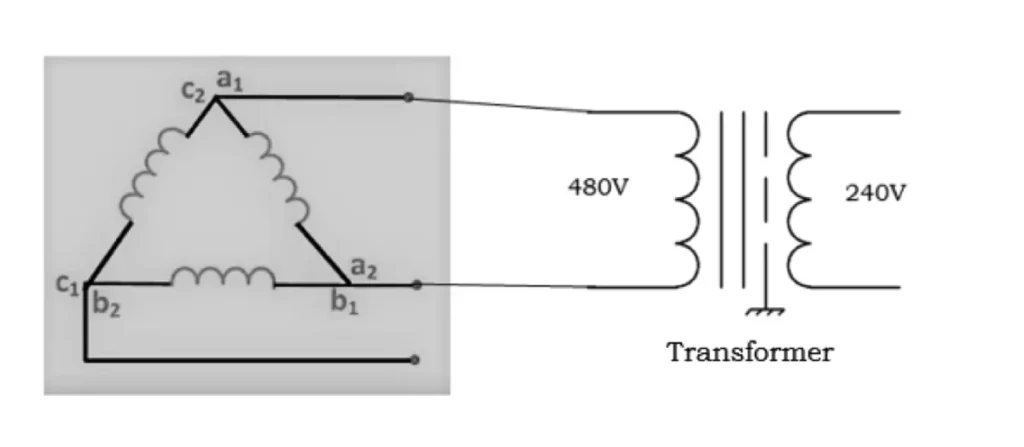
You can connect any two phases here. Because the voltage between any two of the phases is 480V.
For a star connected supply use the following wiring method:
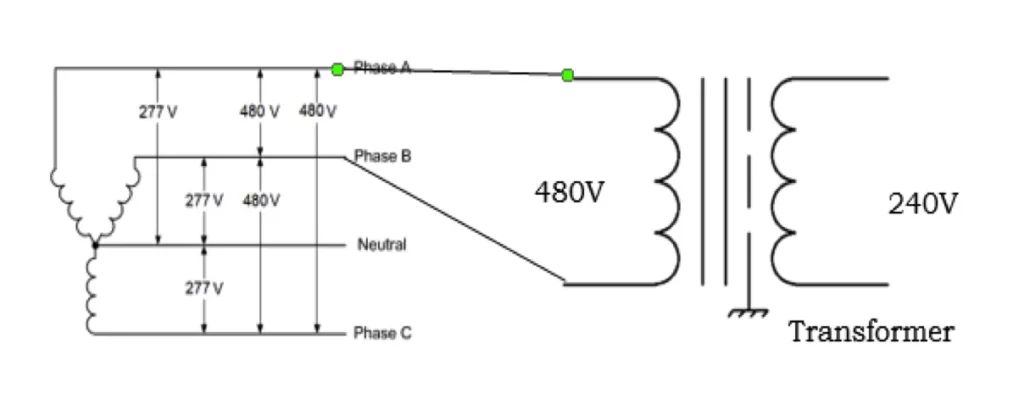
The same rule goes for the star connection also. Use any of the phases since the voltage difference between the phases is 480V.
Now, if you decide to use a 277V/240V transformer you should use a star connected 480V 3-phase supply.
Since the voltage difference between any of the phases and the neutral is 277V as shown earlier. The wiring diagram should be like figure 3:

Using any of the given wiring methods you can convert a 480V 3-phase to a 240V single phase. The same technique can be followed to convert 3-phase to single phase 220V. In that case, the rating of the transformer will vary a bit.
Things to Keep in Mind
Use proper protection systems to save the equipment from any type of fault. Use the proper circuit breakers. Use a double pole breaker where necessary, know whether can you use two single pole breakers for 220V before using.
Pay attention to the KVA rating of your single-phase transformer. This is very important since overloading is harmful to your device. Even when wiring a 4-prong 220V plug with 3 wires.
What Are the Differences Between Delta and Star Systems?
The Delta and Star (WYE) configurations are two ways that three-phase systems might be set up to maintain equal loads.
The labels “Delta” and “WYE” (Star) refer specifically to the forms that the wires take when they are joined to one another.
While “WYE” resembles the letter “Y” and is sometimes referred to as the “star” circuit, “Delta” is derived from the Greek letter.
The ability to distribute electricity over three wires is a feature shared by both the WYE and Delta topologies. The main distinctions between the two are the number of wires that may be used in each configuration and the current flow.
Because it contains a neutral wire that permits both line-to-neutral (single-phase) and line-to-line (2/3 phase) connections, the WYE arrangement has grown in favor in recent years.
Summary
In case you were trying to convert a 480v 3-phase power supply into a 240v single phase power supply, this article should have educated you on how to do that.
However, this is an extremely dangerous task, and should only be undertaken if you have prior experience in this field. It is highly advised to leave the task up to a professional electrician.

